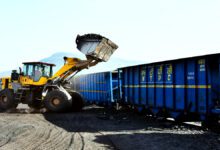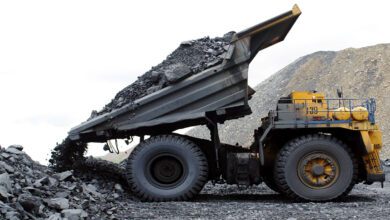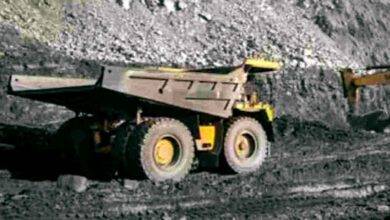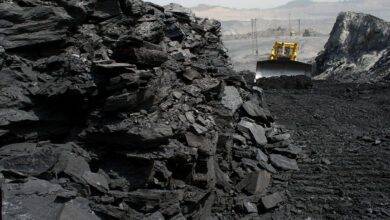In a significant move towards sustainable industrial development, the government has implemented a series of guidelines and measures to curb air pollution in existing coal mines across the country. These measures, outlined in various environmental acts and policies, emphasize the importance of protecting the environment during the construction and operational stages of mining operations.
The government mandates that project proponents conduct a comprehensive Environmental Impact Assessment to study the environmental impacts and develop a suitable Environmental Management Plan. This ensures the protection of the environment and adherence to sustainable practices.
Prescribing standards to be maintained within the core zone of existing and new mines, these regulations aim to regulate activities at the heart of coal mining operations, minimizing the impact on air quality.
Setting standards for the buffer zone surrounding the mines, NAAQS plays a crucial role in maintaining air quality in the areas surrounding coal mining operations.
Coal Public Sector Undertakings (PSUs) are required to submit bi-annual compliance reports to the Central Government, State Pollution Control Boards (SPCBs), and the Central Pollution Control Board (CPCB). The Ministry of Coal has established a Sustainability & Just Transition (S&JT) Division to monitor various sustainable developmental activities in coal mines.
The government is actively monitoring initiatives such as bio-reclamation/plantation, dust suppression technologies, First Mile Connectivity projects, and the adoption of eco-friendly technologies like Surface Miner and In-pit crushing & conveying technologies. These efforts aim to mitigate the environmental impact of coal mining activities.
The regulatory framework includes obtaining prior Environmental Clearance (EC) from the Ministry of Environment, Forest and Climate Change (MoEF&CC), Forestry Clearance for projects involving forest land, and securing Consent to Establish (CTE) and Consent to Operate (CTO) from State Pollution Control Boards.
Regular environmental monitoring is conducted during the project’s implementation, covering ambient air quality, effluent quality, noise levels, and groundwater levels and quality. This information is submitted to relevant authorities to ensure compliance with stipulated conditions.
In compliance with EC and Consent conditions, operating mines submit an Annual Environmental (Audit) Statement for the preceding financial year to respective State Pollution Control Boards by September 30th each year.
Continuous Ambient Air Quality Monitoring System (CAAQMS) data is shared with SPCBs, CPCB, and the Ministry of Coal for continuous monitoring of ambient air quality in respective mines.













